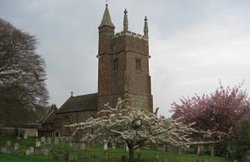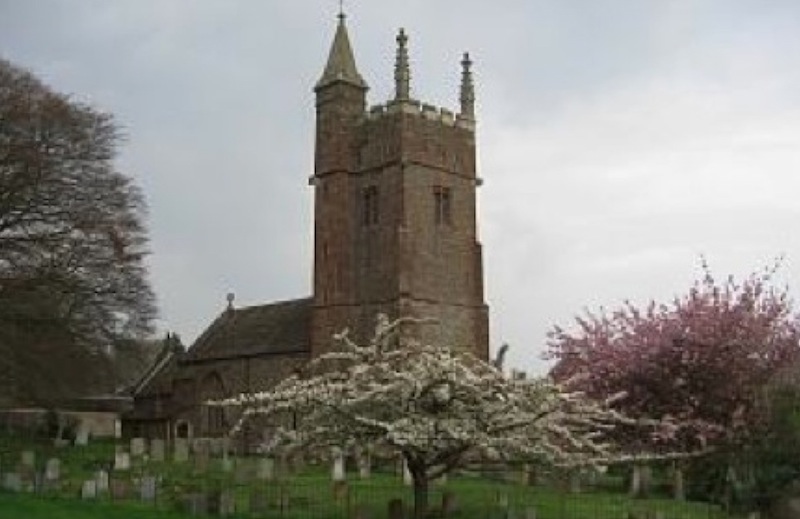THE CIVIL WAR and THE COMMONWEALTH 1642 – 1661
Sir John Stawell (1600-1662) played a significant role in the English Civil War raising five Regiments for Charles I at his own expense in 1642. Having fought the Parliamentarians throughout the West Country, including the siege of Exeter, he was finally captured in 1646.
At the end of the War, on 15 July 1646, Sir John went to London with a copy of his terms of surrender from Sir Thomas Fairfax. He was told he must swear an oath for parliament. However he refused, was committed as a prisoner to Ely House, in Holborn and his estates were sequestered.
On 13 August 1646 he was summoned to the Bar of the House of Commons, where he declined to kneel when ordered to do so by the Speaker and he again refused to take the oath. He was immediately committed to Newgate Prison for high treason. Although orders for his trial at Somerset Assizes were repeated on several occasions, no proceedings followed.
In July 1650 Sir John was removed from Newgate to the Tower of London and on 17 December was brought to trial, but the judges neither acquitted nor condemned him. He remained imprisoned until the end of the Commonwealth and the restoration of the Monarchy in 1661.
ADMIRAL BLAKE and the BOMBARDMENT OF THE MANOR 1646
Following Sir John Stawell's capture, Admiral Blake, a leading Parliamentarian, born in Bridgwater, was charged by Cromwell with destroying the Manor and ensuring that no Stawell would ever live here again. Cannon were placed on Cothelstone Hill and battered down a large part of it, mainly the north wing. At the end of the bombardment the hordes came out from Taunton looting and destroying what the cannon had left.
In 1651 his lands and estates were put up for sale, although the estate was subsequently restored to Sir John on the Restoration of Charles II.
Two of the Cannon Balls fired from the slopes of Cothelstone Hill by Admiral Blake during the Bombardment of the Manor were found in the walls of Cothelstone Manor during the restoration of the Manor carried out by Edward Esdaile in 1856. They remain in the house today.
THE CIVIL WAR and THE COMMONWEALTH 1642 – 1661
Sir John Stawell (1600-1662) played a significant role in the English Civil War raising five Regiments for Charles I at his own expense in 1642. Having fought the Parliamentarians throughout the West Country, including the siege of Exeter, he was finally captured in 1646.
At the end of the War, on 15 July 1646, Sir John went to London with a copy of his terms of surrender from Sir Thomas Fairfax. He was told he must swear an oath for parliament. However he refused, was committed as a prisoner to Ely House, in Holborn and his estates were sequestered.
On 13 August 1646 he was summoned to the Bar of the House of Commons, where he declined to kneel when ordered to do so by the Speaker and he again refused to take the oath. He was immediately committed to Newgate Prison for high treason. Although orders for his trial at Somerset Assizes were repeated on several occasions, no proceedings followed.
In July 1650 Sir John was removed from Newgate to the Tower of London and on 17 December was brought to trial, but the judges neither acquitted nor condemned him. He remained imprisoned until the end of the Commonwealth and the restoration of the Monarchy in 1661.
ADMIRAL BLAKE and the BOMBARDMENT OF THE MANOR 1646
Following Sir John Stawell's capture, Admiral Blake, a leading Parliamentarian, born in Bridgwater, was charged by Cromwell with destroying the Manor and ensuring that no Stawell would ever live here again. Cannon were placed on Cothelstone Hill and battered down a large part of it, mainly the north wing. At the end of the bombardment the hordes came out from Taunton looting and destroying what the cannon had left.
In 1651 his lands and estates were put up for sale, although the estate was subsequently restored to Sir John on the Restoration of Charles II.
Two of the Cannon Balls fired from the slopes of Cothelstone Hill by Admiral Blake during the Bombardment of the Manor were found in the walls of Cothelstone Manor during the restoration of the Manor carried out by Edward Esdaile in 1856. They remain in the house today.
Family Members
Advertisement
Records on Ancestry
Advertisement



